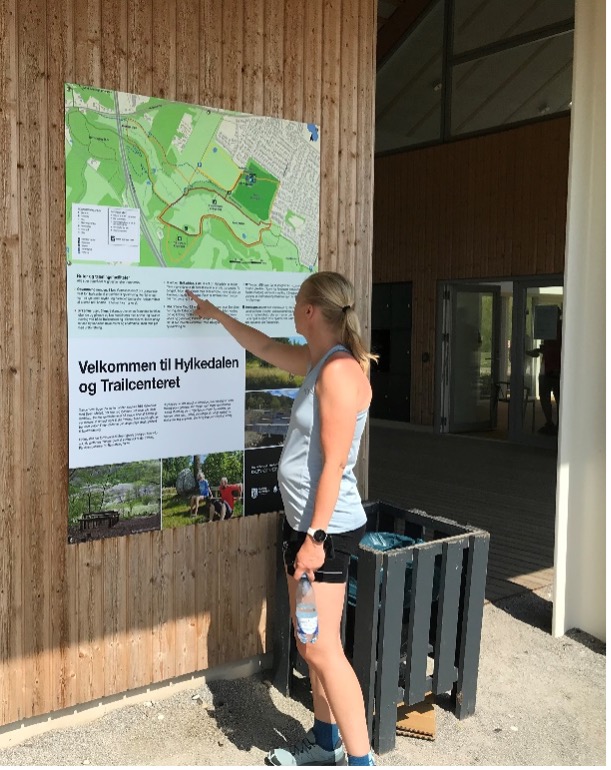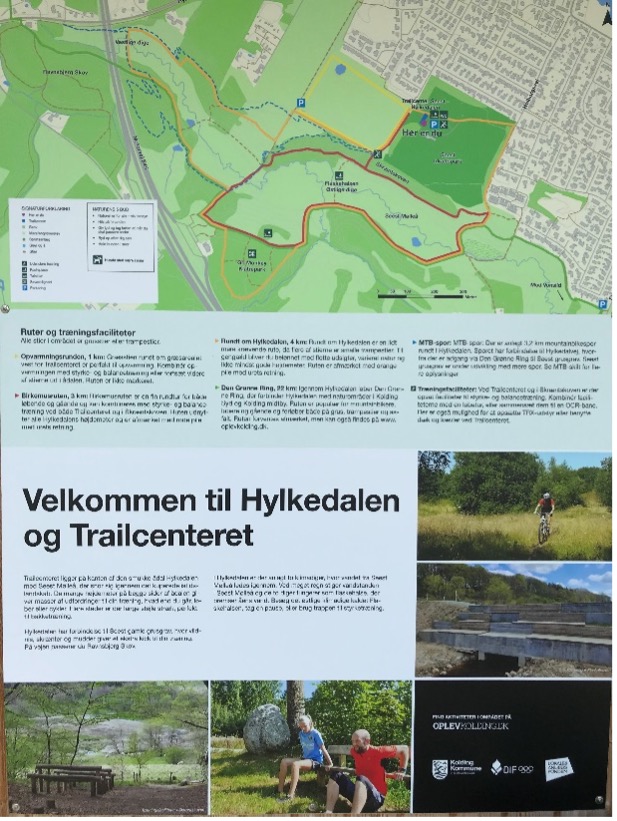


En plus de fournir des informations utiles sur l'espace naturel environnant (par exemple, les sentiers, les itinéraires) et des informations pertinentes à ce sujet (par exemple, le terrain, la longueur, le degré de difficulté, les changements d'altitude des itinéraires), les centres de sentiers éduquent également les utilisateurs sur la manière de se comporter dans la nature. Les codes de conduite enseignent aux utilisateurs comment respecter la nature tout en pratiquant leur sport/activité dans un environnement naturel. Par exemple, les centres peuvent fournir des informations sur la manière de respecter la nature lors de la marche, de la course ou du cyclisme sur les pistes, les sentiers et les itinéraires locaux.
Certains centres fournissent également des informations sur l'histoire naturelle et culturelle des itinéraires, afin de sensibiliser les utilisateurs à leur environnement naturel.
- Partage d'informations et de bonnes pratiques sur la manière de se comporter de manière responsable et respectueuse dans la nature
- des informations et des explications claires sur les raisons pour lesquelles il est important de se comporter de manière responsable et respectueuse dans la nature
- Des canaux de communication clairs, efficaces et faciles d'accès pour diffuser les informations. Les centres peuvent servir de carrefours et d'espaces physiques où les informations peuvent être affichées (par exemple, des panneaux d'affichage).
- L'établissement de critères minimaux exigeant que les centres de randonnée fournissent aux utilisateurs des informations sur la zone locale et les activités qui peuvent y être pratiquées, a encouragé les centres de randonnée à agir comme des centres d'information, informant les utilisateurs sur l'environnement naturel local, les activités de plein air et la manière de respecter la nature tout en pratiquant des activités sportives de plein air.
- Fournir des informations sur des activités telles que la marche, la course à pied et les pistes cyclables (longueur, difficulté, type de terrain) encourage les gens à entreprendre des activités dans des zones désignées et limite l'empiètement sur des zones naturelles fragiles ou stressées.
- Les centres de sentiers peuvent indiquer aux personnes moins familiarisées avec la nature où aller, quoi faire, mais aussi comment se comporter de manière responsable vis-à-vis de la nature et pourquoi il est important de le faire.